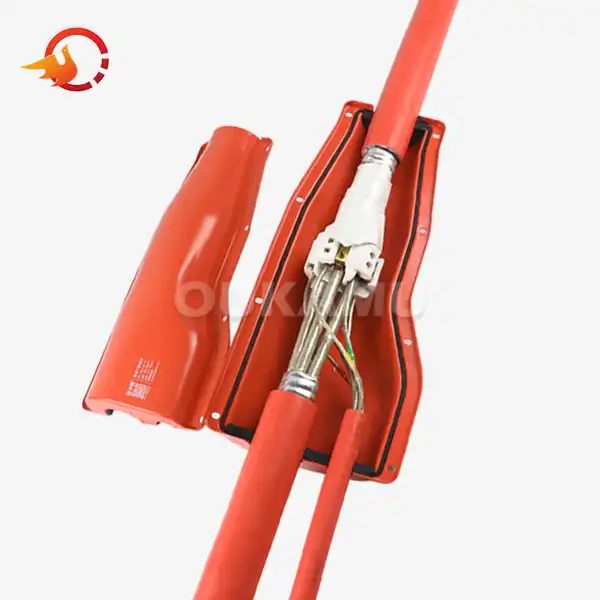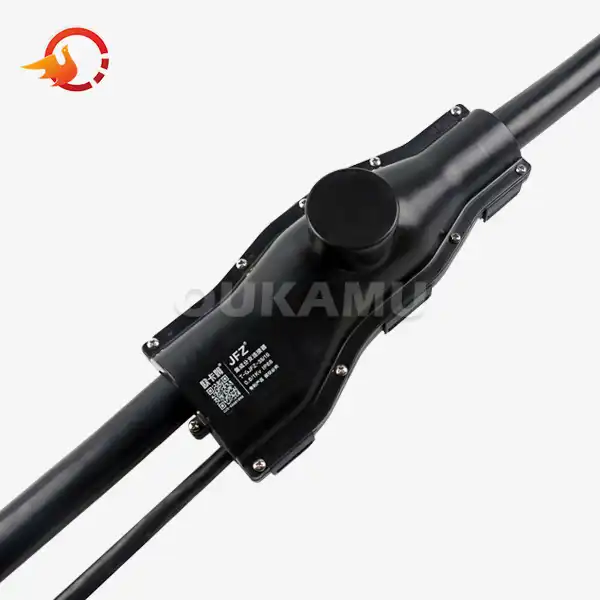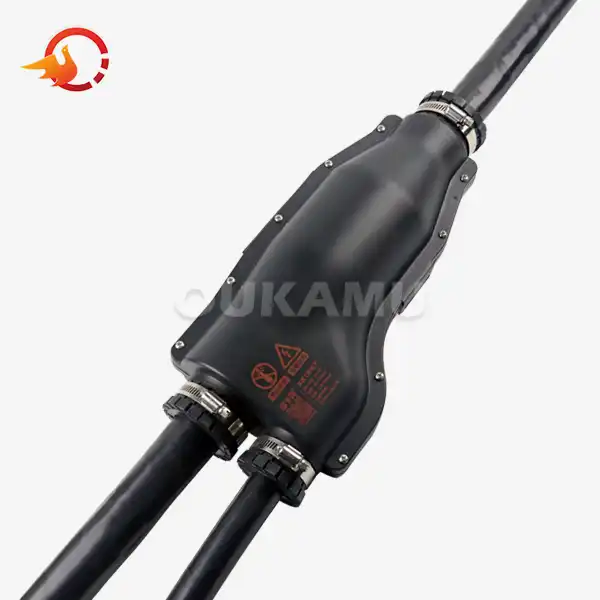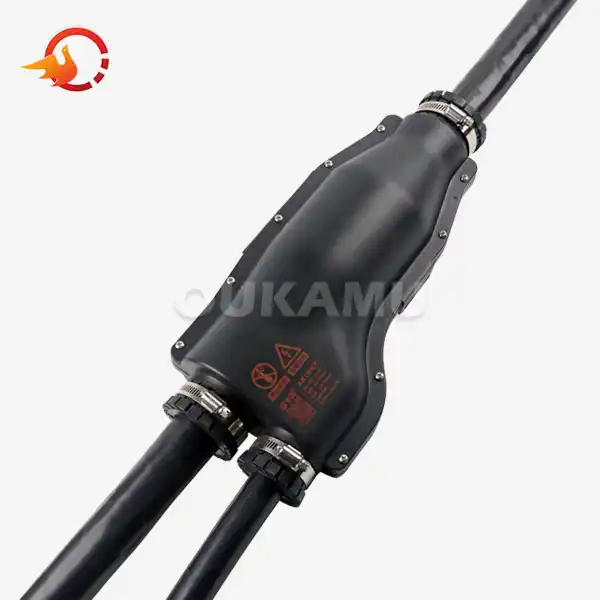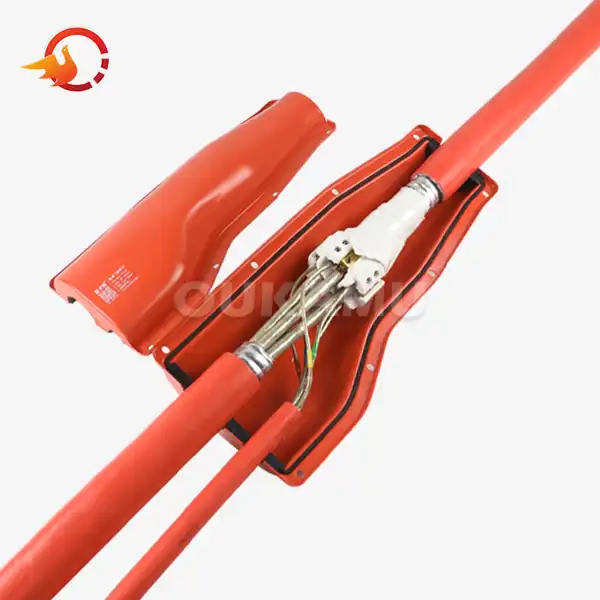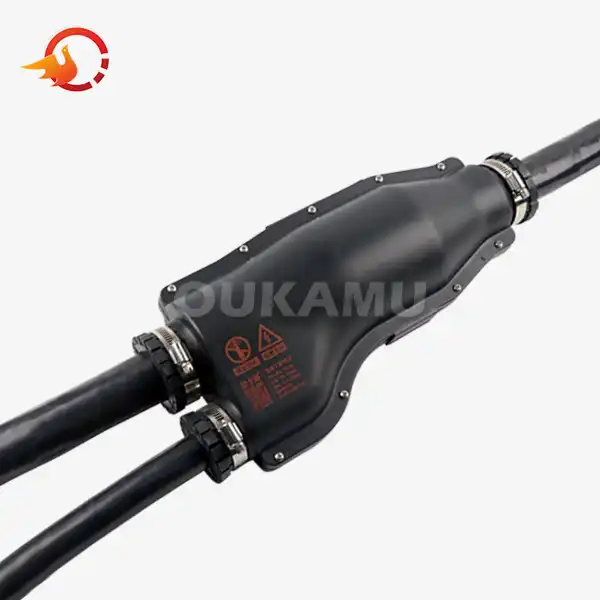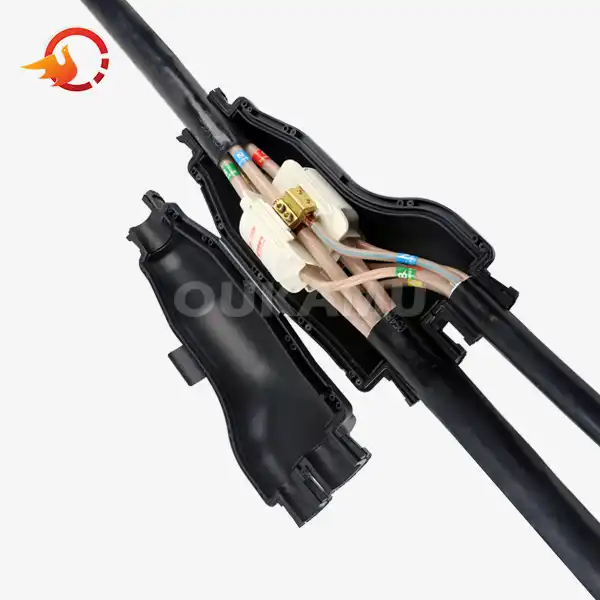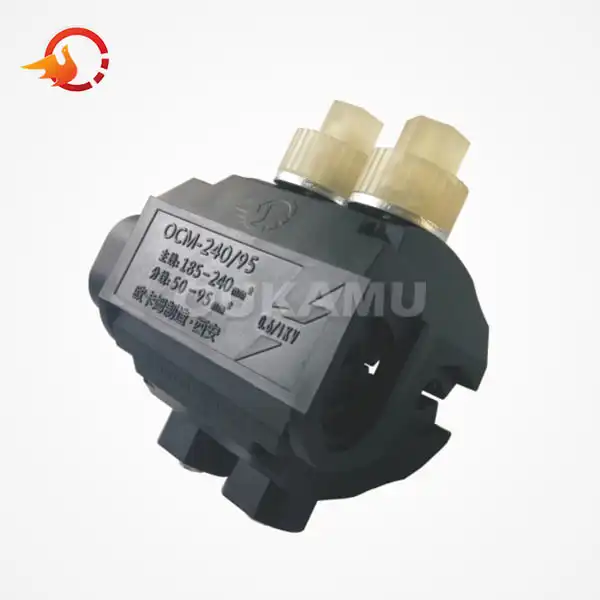Understanding the Cost Factors of Cable Branch Joints
Before diving into money-saving strategies, it's essential to understand the various factors that contribute to the cost of cable branch joints. The price of these components is influenced by several elements:
- Material quality: High-grade materials often come with a higher price tag but may offer better durability and performance.
- Manufacturing process: Advanced manufacturing techniques can increase costs but may result in superior products.
- Design complexity: More intricate designs for specific applications can drive up prices.
- Quantity: Bulk purchases often come with discounts, affecting the per-unit cost.
- Brand reputation: Well-known brands may charge premium prices for their products.
- Certification and compliance: Products meeting stringent industry standards may be pricier due to additional testing and certification costs.
Understanding these factors can help procurement teams make more informed decisions when selecting cable branch joints. It's crucial to balance these elements against your specific project requirements and budget constraints.
Strategies for Cost-Effective Selection of Cable Branch Joints
Selecting cost-effective cable branch joints doesn't mean compromising on quality. Here are some strategies to help you save money while ensuring you get the right products for your needs:
- Conduct a thorough needs assessment: Before making any purchases, clearly define your project requirements. This includes factors such as voltage levels, environmental conditions, and expected lifespan of the installation. By understanding your exact needs, you can avoid overspending on features or specifications that aren't necessary for your application.
- Compare multiple suppliers: Don't settle for the first option you find. Research and compare products from different manufacturers. This not only helps in finding competitive prices but also exposes you to a wider range of solutions that might better fit your needs.
- Consider long-term costs: While a cheaper option might seem attractive initially, it's important to consider the total cost of ownership. This includes factors like durability, maintenance requirements, and energy efficiency. A slightly more expensive product that lasts longer and requires less maintenance might be more cost-effective in the long run.
- Opt for standardized solutions: Custom-designed cable branch joints can be significantly more expensive than standardized options. Whenever possible, try to use standard products that meet your requirements. This not only reduces costs but also ensures easier replacements and maintenance in the future.
- Bulk purchasing: If your project requires a large number of cable branch joints, consider bulk purchasing. Many suppliers offer significant discounts for large orders, which can substantially reduce your per-unit costs.
- Negotiate with suppliers: Don't be afraid to negotiate prices, especially for large orders. Many suppliers are willing to offer better rates for long-term partnerships or substantial contracts.
- Explore innovative solutions: Look for newer technologies in cable branch joints that might offer cost savings. For instance, integrated T-terminals, like those offered by Xi'an Oukamu Electric Co., Ltd., can provide significant advantages in terms of installation time and overall project costs.
- Consider refurbished or surplus options: For less critical applications, refurbished or surplus cable branch joints might be a viable option. However, ensure that these meet all necessary safety and performance standards before purchase.
- Optimize your inventory management: Effective inventory management can prevent overstocking, which ties up capital, or understocking, which can lead to rushed, expensive purchases. Implement a robust inventory tracking system to maintain optimal stock levels.
- Invest in training: Proper installation and maintenance can significantly extend the life of cable branch joints. Investing in training for your technical staff can lead to long-term cost savings by reducing the frequency of replacements and repairs.
Balancing Cost and Quality in Cable Branch Joint Selection
While cost-saving is important, it should never come at the expense of quality and safety. Here are some key points to remember when balancing cost and quality:
- Prioritize safety and reliability: The primary function of cable branch joints is to ensure safe and reliable electrical connections. Compromising on these aspects can lead to costly failures, downtime, or even safety hazards.
- Consider the application environment: Different environments (indoor, outdoor, underground, etc.) have different requirements. Ensure that the cable branch joints you select are suitable for the specific conditions they will be exposed to, even if it means a higher upfront cost.
- Look for certifications: Products that meet recognized industry standards and certifications may be more expensive, but they offer assurance of quality and compliance with safety regulations.
- Evaluate warranty and after-sales support: A comprehensive warranty and reliable after-sales support can provide long-term value, potentially offsetting a higher initial cost.
- Consider energy efficiency: In some cases, higher-quality cable branch joints may offer better electrical efficiency, leading to energy savings over time.
- Factor in installation costs: Some cable branch joints, like integrated T-terminals, may have a higher upfront cost but can significantly reduce installation time and labor costs.
Conclusion
A careful balance between cost-effectiveness and technical requirements must be struck when choosing the appropriate cable branch joints. Businesses can make well-informed decisions that result in short-term and long-term cost savings without sacrificing quality or safety by using these strategies.
Keep in mind that the objective is to identify the most value-driven solution that satisfies your unique needs, not just the least expensive one. This method guarantees that your electrical systems will continue to be dependable, secure, and economical for the duration of their lives.
At Xi'an Oukamu Electric Co., Ltd., we offer innovative, cost-effective cable connection solutions, including integrated T-terminals. Contact us at info@okmbranchcable.com for tailored advice and cost-saving solutions for your next project.






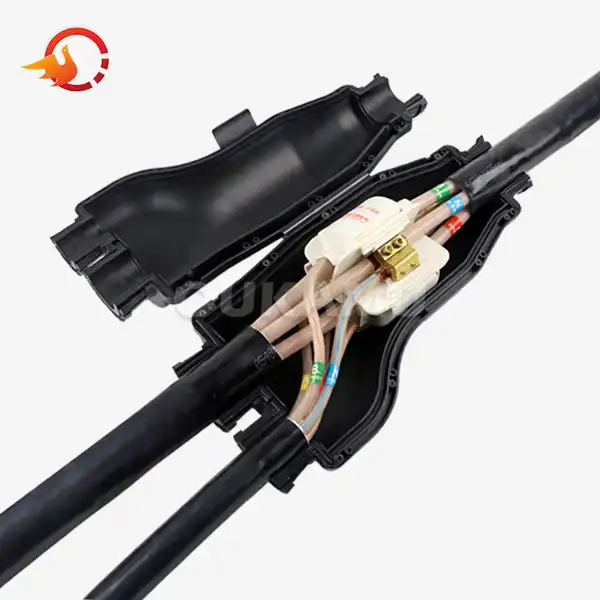
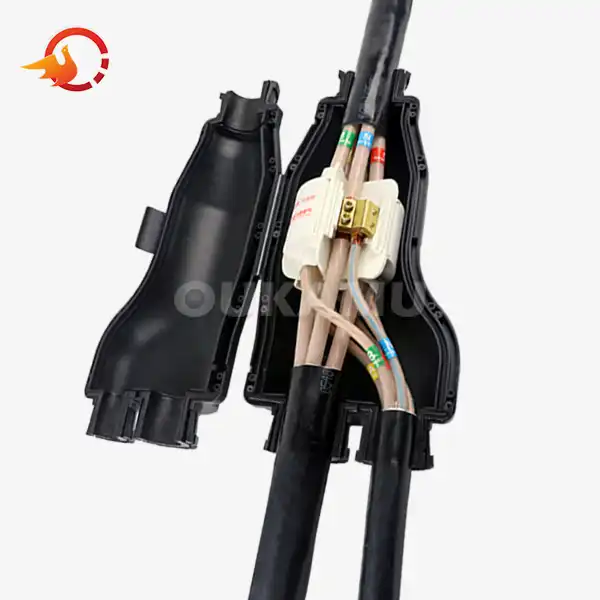
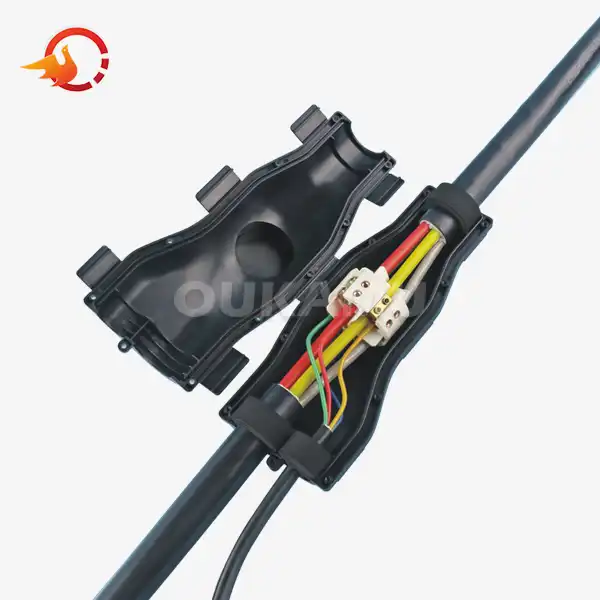






 2024-11-12 10:59:58
2024-11-12 10:59:58
